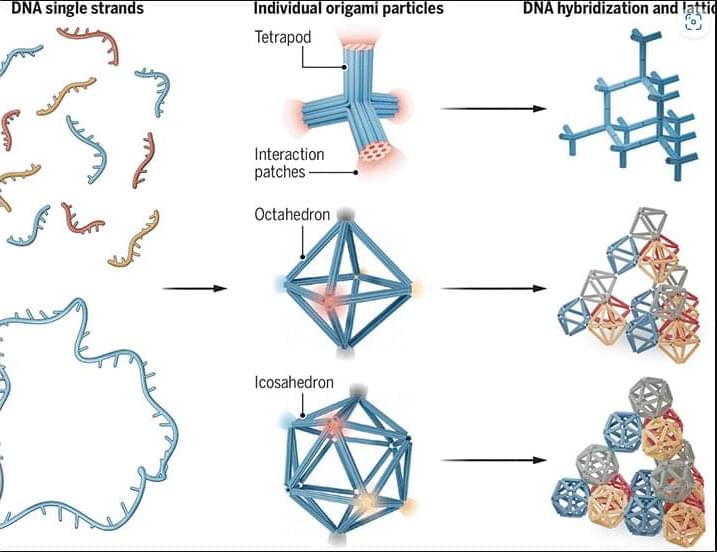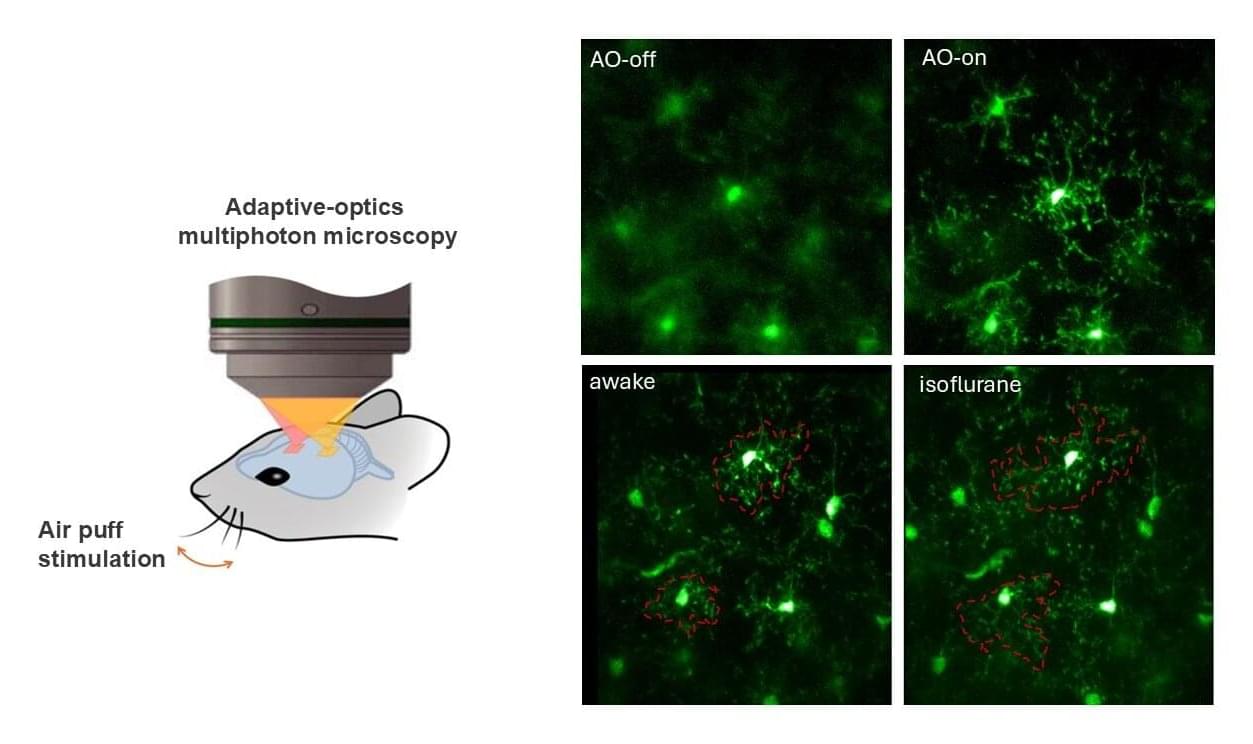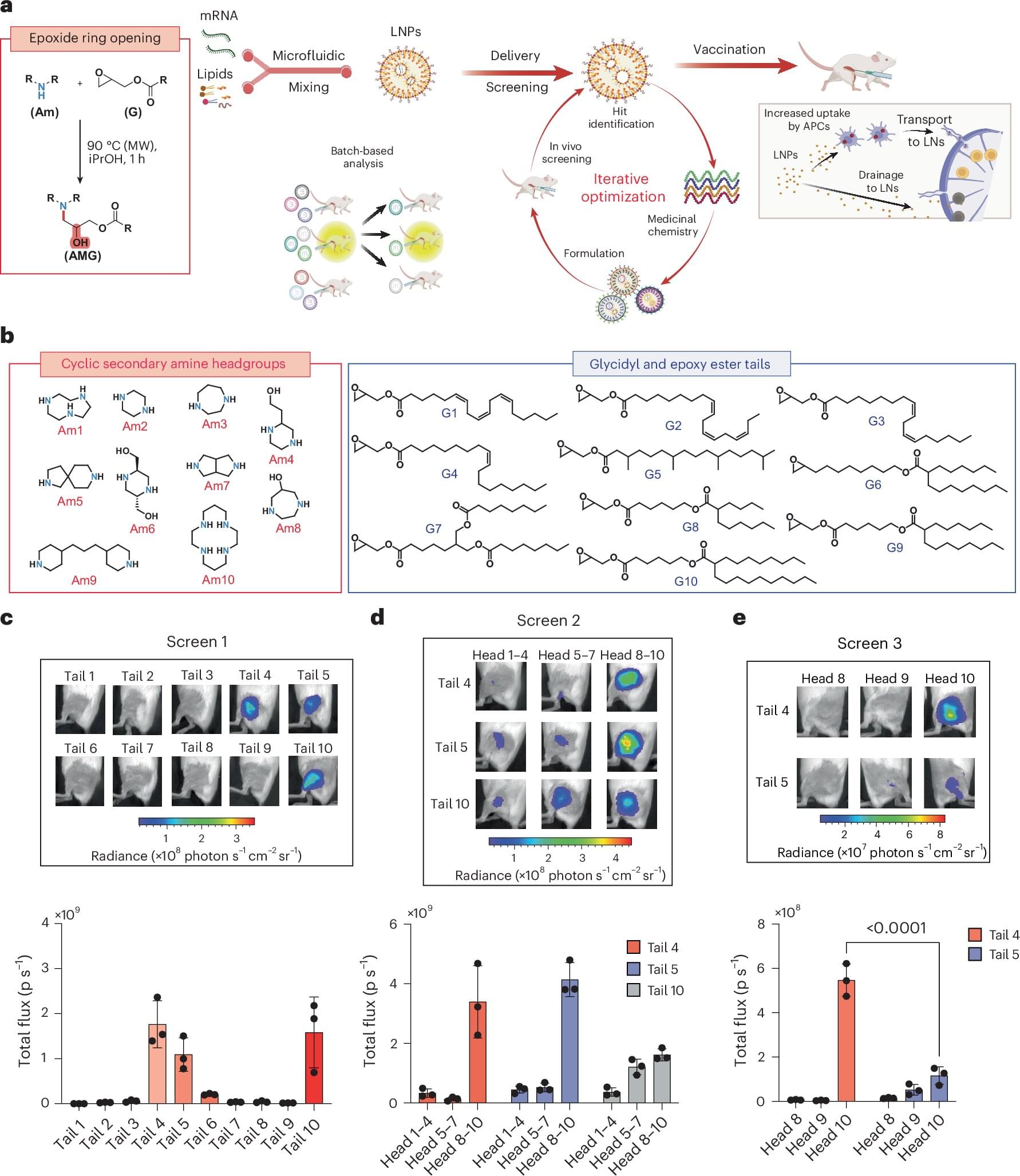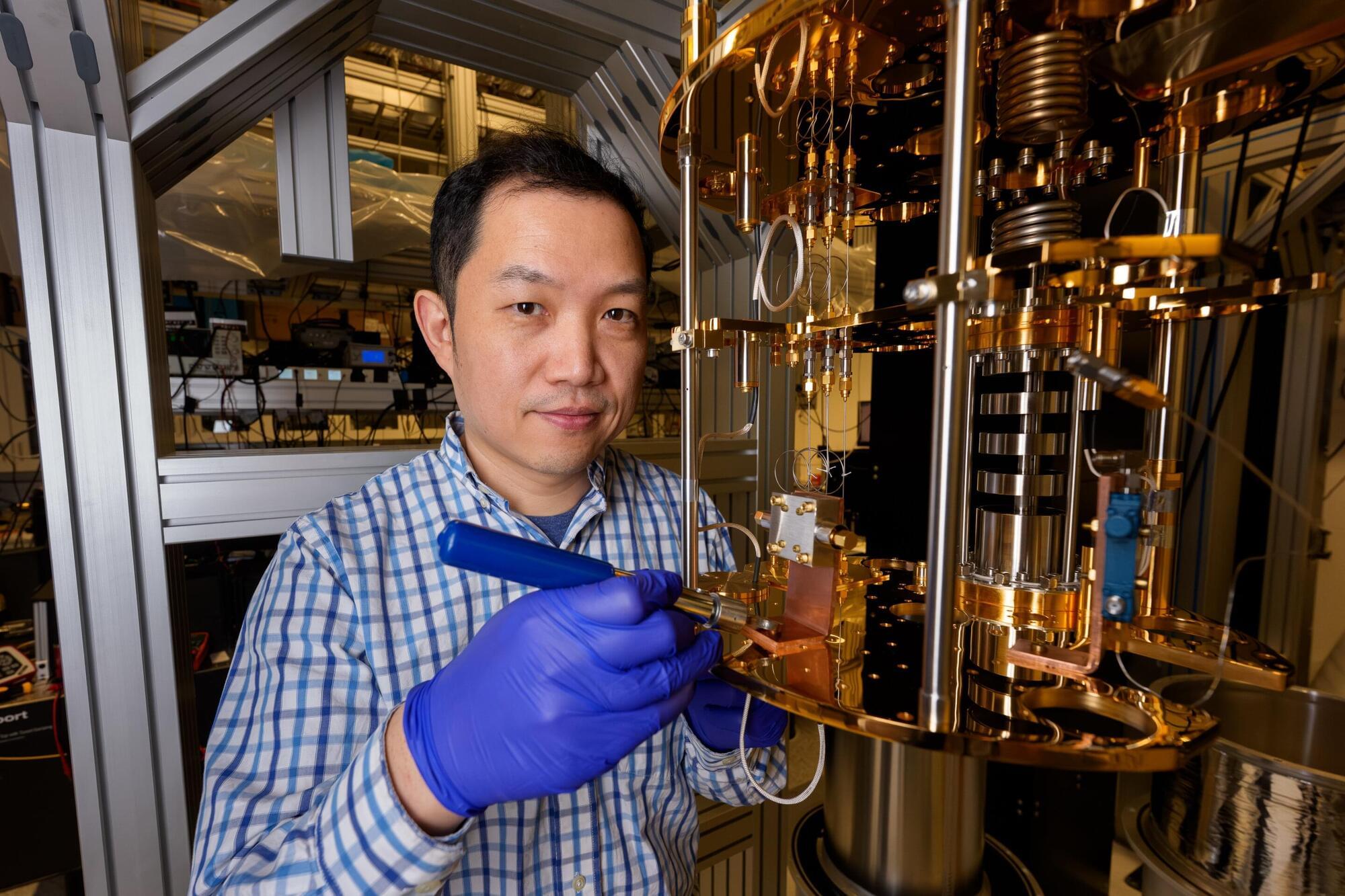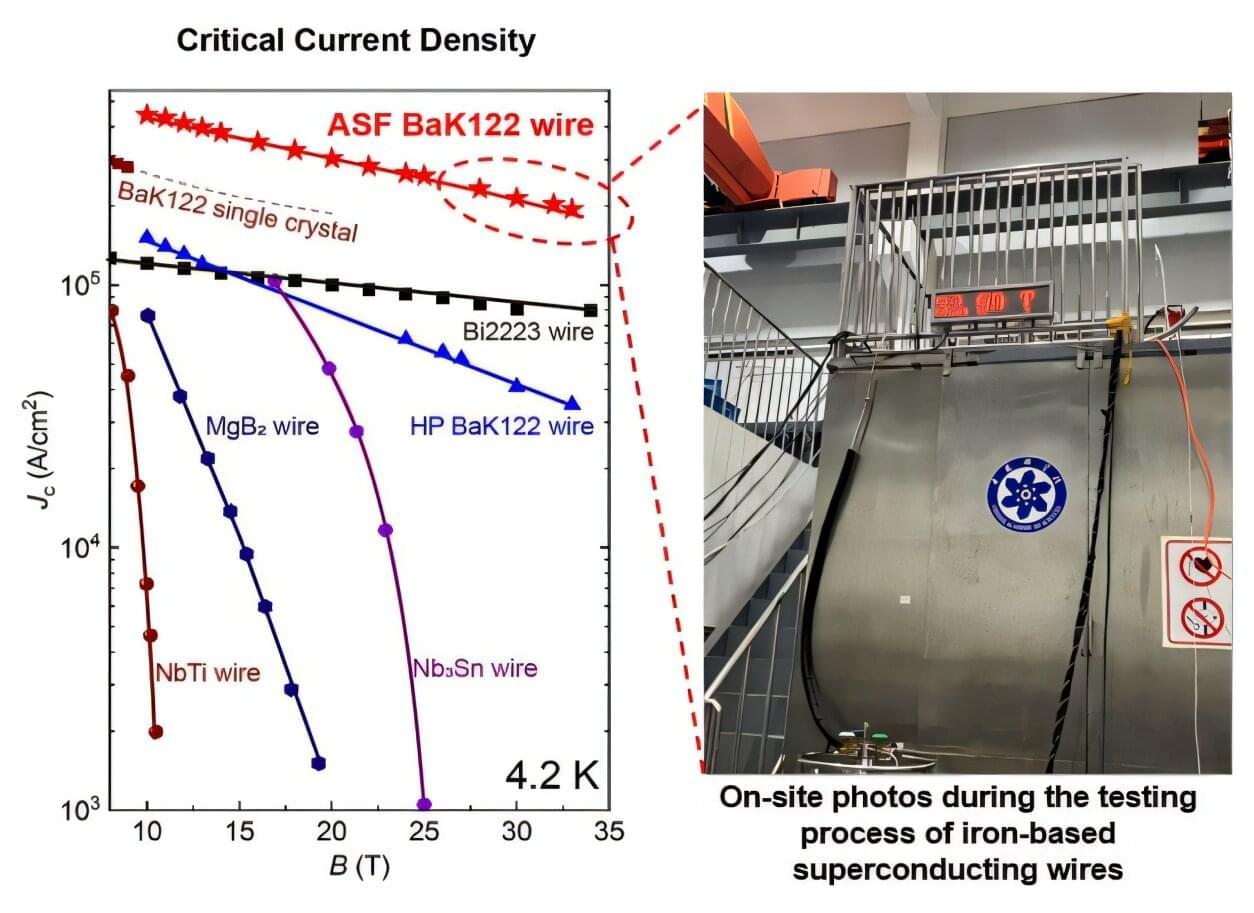GlobalLogic, a provider of digital engineering services part of the Hitachi group, is notifying over 10,000 current and former employees that their data was stolen in an Oracle E-Business Suite (EBS) data breach.
Based in Santa Clara, California, this software and product development services company was founded in 2000. Since then, it has expanded to 59 product engineering centers and several offices worldwide.
In a breach notification letter filed with the office of Maine’s Attorney General, the company states that the attackers exploited an Oracle EBS zero-day vulnerability to steal personal information belonging to 10,471 employees.

